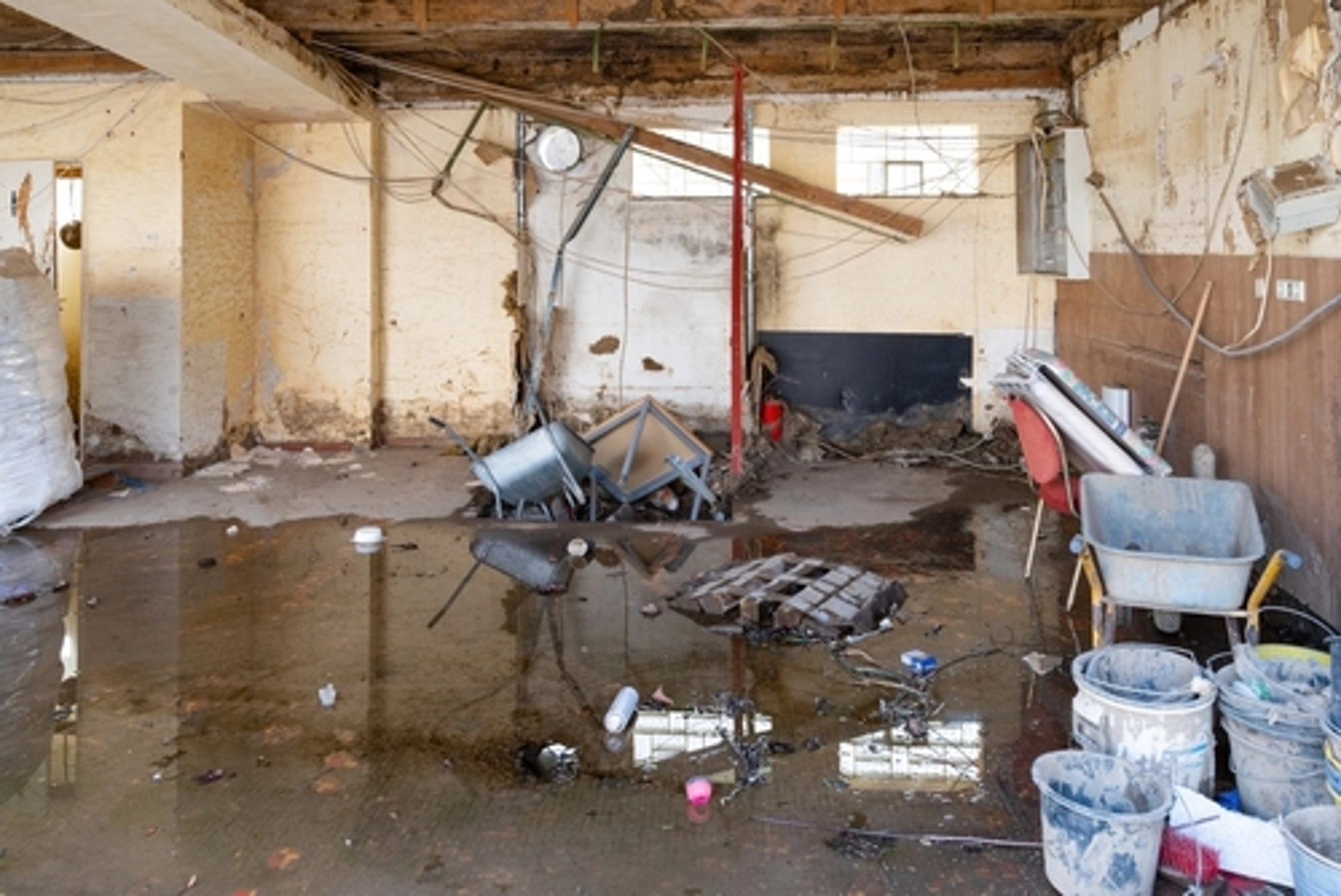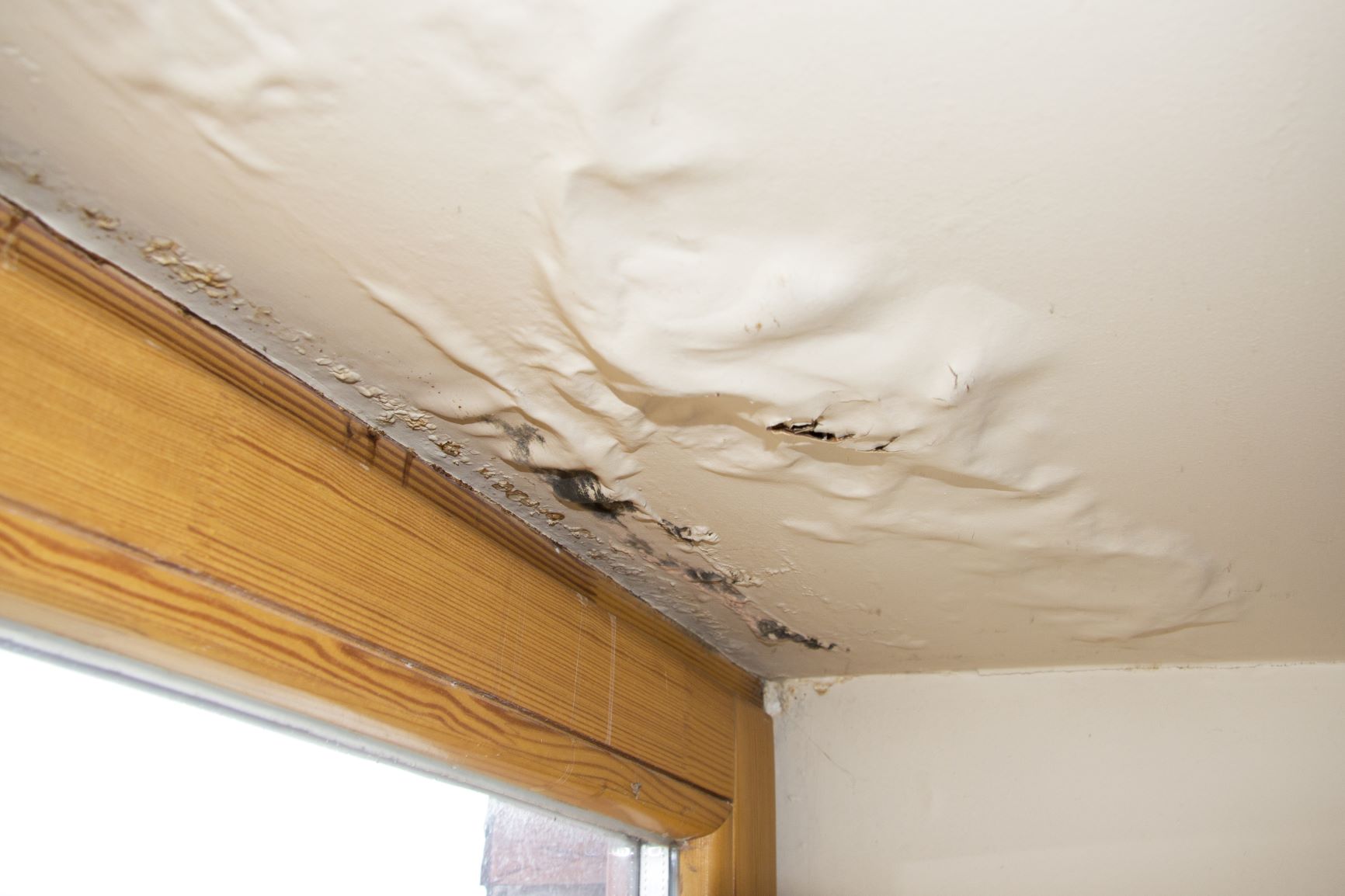Water Damage Restoration Specialists Ready to Fix Any Issue Fast
Wiki Article
The Process of Water Damages Cleanup: Ensuring Your Home Is Brought Back Properly
Water damages can be a challenging obstacle for home owners, necessitating a structured and precise cleanup procedure to bring back safety and security and capability. damage restoration services. Following this, efficient water removal techniques play an essential function in minimizing more harm.Assessing the Damages
Upon discovering water damage, the primary step is to thoroughly examine the level of the effect. This initial assessment is critical, as it helps determine the needed steps for efficient cleanup and remediation. Begin by examining the influenced locations, including wall surfaces, ceilings, floors, and personal items, to determine the resource of the water intrusion, whether from flooding, leakages, or condensation.Documenting the damage is essential for both insurance policy claims and planning reconstruction efforts - damage restoration services. Use pictures and written notes to catch the seriousness of the damages, noting any kind of afflicted structural elements and materials. Pay unique attention to locations that may not be quickly visible, such as behind wall surfaces and under carpetings, as hidden wetness can cause more complications, consisting of mold growth
Additionally, evaluate the timeline of the water direct exposure. The longer the products remain wet, the higher the possibility for damage. Recognizing the period of direct exposure will notify the urgency of remediation efforts. Eventually, a thorough assessment lays the foundation for a successful water damage clean-up procedure, ensuring that all impacted areas are attended to efficiently and completely.
Water Removal Techniques

Experts usually utilize submersible pumps for larger quantities of water, which can quickly minimize flooding in basements or various other impacted locations. For smaller quantities, wet/dry vacuum cleaners are commonly utilized to remove recurring moisture from carpets and hard surface areas. Furthermore, using mobile extractors enables targeted elimination in confined rooms or areas with fragile materials.
In instances of polluted water, such as sewage or floodwater, progressed removal methods might involve the usage of biohazard devices to ensure safety and security and compliance with health and wellness regulations. High-powered removal tools are crucial in lessening water retention in structural materials, which can cause mold development and architectural degeneration if not attended to immediately.
Eventually, the performance of water extraction methods plays a crucial role in the overall success of the water damages cleanup procedure, preparing for succeeding restoration efforts.
Drying and Dehumidification
When standing water has actually been successfully removed, the next important stage in the water damages clean-up procedure is drying out and dehumidification. This action is vital to protect against additional damage and mold growth, which can happen within 24 to 2 days in wet atmospheres.To attain effective drying, specific devices such as industrial-grade air moving companies and dehumidifiers is utilized. Air movers distribute air across wet surfaces, improving dissipation prices, while dehumidifiers reduce humidity levels in the air, advertising a conducive atmosphere for drying. The combination of these tools guarantees that moisture is extracted from wall surfaces, floors, and furnishings, allowing them to completely dry completely.
It is necessary to keep an eye on the drying process closely. Specialists typically utilize moisture meters to assess the moisture web content in different products, guaranteeing that all impacted areas get to appropriate dryness degrees. This precise approach assists to stop concealed moisture pockets that might lead to architectural damage or unhealthy mold and mildew growth.

Cleansing and Sanitizing
After the drying and dehumidification phase is full, the next crucial step in water damage clean-up is cleaning up and sterilizing the impacted locations. This procedure is crucial to stop the development of mold, germs, and other pathogens that thrive in moist environments.The cleansing phase normally entails eliminating any kind of debris, dirt, and impurities from surface areas making use of specialized cleaning up agents. For tough surface areas, a mix of soap and water or industrial cleaning products is usually employed. Soft materials, such as upholstery and carpets, might call for much more substantial cleaning approaches, consisting of vapor cleaning or deep removal strategies, to make certain extensive sanitation.

Sanitizing adheres to cleansing, utilizing EPA-approved anti-bacterials to eliminate harmful microbes. This action is essential, particularly in locations that may have entered contact with floodwaters or sewer, as these resources can position serious wellness dangers.
Additionally, it is essential to deal with any kind of continuing to be smells, which might require the use of smell neutralizers or advanced techniques like ozone treatment. Correct cleansing and disinfecting not just bring back the security and hygiene of your home but additionally lay the groundwork for successful restoration and repairs in succeeding phases of the water damages cleanup process.
Remediation and Repairs

When the assessment is full, remediation initiatives can begin. This normally entails repairing or replacing broken products, making sure that all job abides by local building ordinance and standards. If drywall has been compromised, it will require to be removed and replaced with brand-new material. Furthermore, flooring might require comparable focus, depending upon the water damage degree of water direct exposure.
It is critical to engage knowledgeable reconstruction professionals during this procedure, as they have the experience to handle complicated repair services effectively. Moreover, they can assist mitigate potential future issues, such as mold growth or structural instability, hence making certain a safe and habitable living atmosphere. Ultimately, efficient repair and fixings bring back the home's integrity and boost its overall value.
Final Thought
Finally, the process of water damage cleanup is critical for restoring a home to its pre-damage condition. Each stage, from assessing the damages to carrying out reliable water removal techniques, followed by thorough drying out, disinfecting, and needed repair services, plays an important function in ensuring safety and conformity with building standards. Reliable execution of these steps not just alleviates immediate damages however also improves the lasting honesty and value of the residential property.Water damage can be a challenging obstacle for home owners, requiring a thorough and structured clean-up procedure to bring back safety and performance. Ultimately, an extensive analysis lays the groundwork for an effective water damage clean-up procedure, guaranteeing that all impacted areas are addressed properly and thoroughly.
Effective water extraction strategies are essential in minimizing damage and stopping more difficulties following a water invasion event.In conclusion, the process of water damage clean-up is critical for recovering a home to its pre-damage problem. Each stage, from assessing the damage to carrying out efficient water extraction methods, adhered to by detailed drying, sanitizing, and essential repair work, plays a necessary duty in making certain safety and security and conformity with structure standards.
Report this wiki page